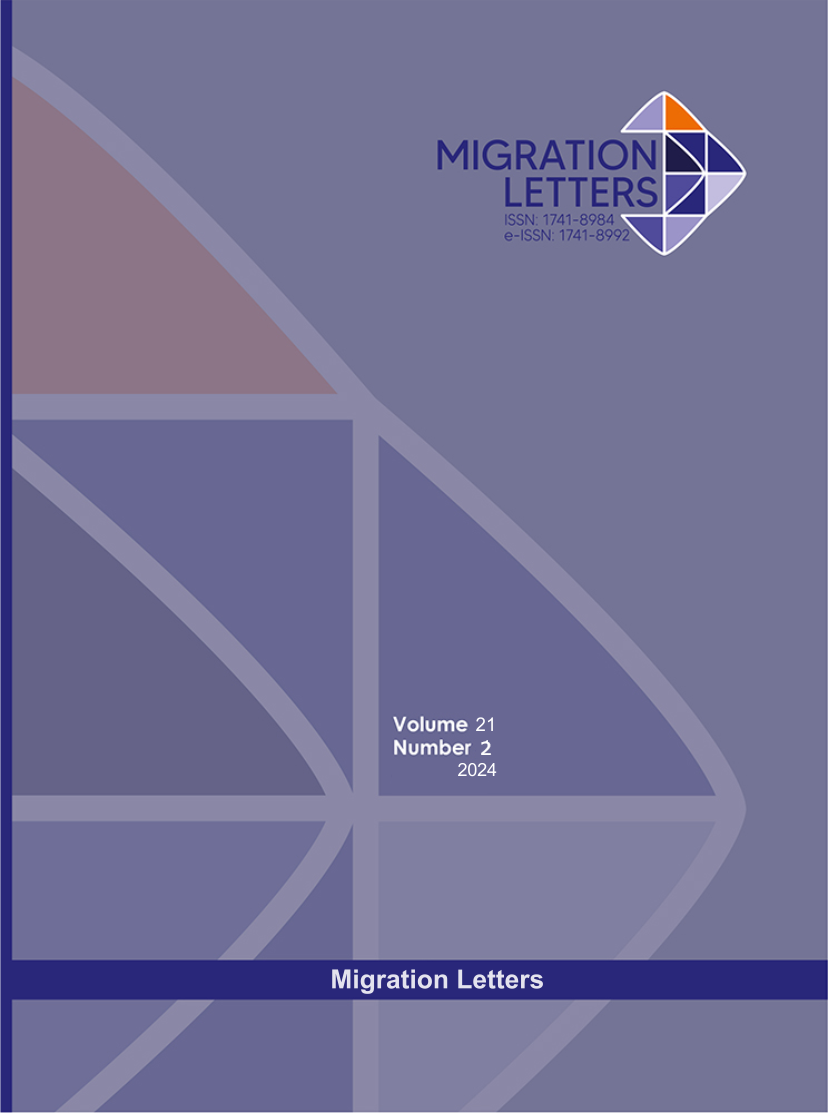Target Leverage Dynamics over Business Cycle: Evidence from a Frontier Market
DOI:
https://doi.org/10.59670/ml.v21i2.6099Abstract
This paper is interested in testing target leverage and adjustment speed across four life cycle stages of Tunisian firms: introduction, growth, maturity and decline. The sample consists of a panel of 24 Tunisian listed firms. The empirical findings reveal that firms adjusting their developmental stages tend to do so with gradual modifications to their leverage (debt levels). Notably, when transitioning from a growth phase to a decline phase, their debt ratios are notably influenced by profitability considerations, underscoring the importance of profit in this decision-making process. Furthermore, the study affirms the existence of enduring debt targets. It does so by demonstrating that a company's targeted debt for the upcoming year significantly influences its current debt levels, particularly when undergoing transitions between developmental stages. This study adds to the literature by considering capital structure determinants based on firm life cycle. Applying dynamic model, contrary to previous studies, the findings of this paper show different levels of target ratio and speed of adjustment along the life cycle stages.
Metrics
Downloads
Published
How to Cite
Issue
Section
License

This work is licensed under a Creative Commons Attribution-NonCommercial-NoDerivatives 4.0 International License.
CC Attribution-NonCommercial-NoDerivatives 4.0






